Taking action on climate change
Inspiring community-led projects from across Scotland that deliver positive, place-based climate action.
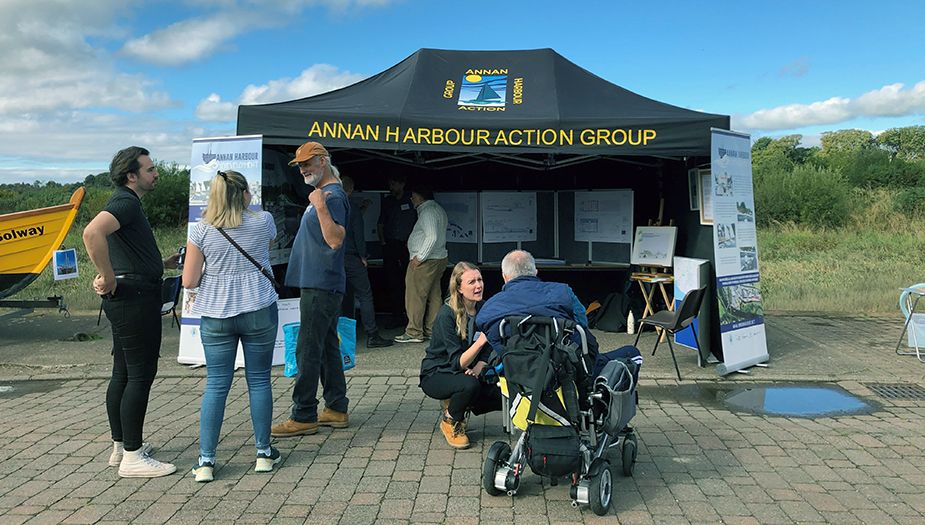
Inspiring community-led projects from across Scotland that deliver positive, place-based climate action.

This page shares inspiring stories of different communities and organisations taking action on the impacts of climate change, that aligns with the work undertaken by Climate Action Towns.
The stories highlight the diversity of climate action, from large-scale projects to small-scale initiatives. They also show how climate action can benefit people and communities, both environmentally and economically, and highlight the eight principles of a carbon conscious place.
The eight principles of a carbon conscious place outlines important concepts to consider when planning and developing places. The principles came out of a year of learning in 2019 where we applied our whole place collaborative approach to the designing for a changing climate.
Understanding, appreciating and working with existing assets, the surrounding landscape and the place identity. Using the right type of intervention, at the right stage, scale and location.
Creating complete and self-sufficient neighbourhoods with everyday/night services and facilities within a short walking or cycling distance.
Connecting complete neighbourhoods to provide a network of places that support greater self-sufficiency and low carbon living.
Placing people’s needs at the centre of decision-making, service provision and investment and ensuring they are actively involved in key stages of the design process.
Retrofitting existing structures and brownfield sites first, considering embodied carbon. Adding planting to existing hard infrastructure to support climate adaptation. Considering the cost of the entire lifecycle of a structure.
Enhancing, repairing and joining up the different systems which support a healthy, carbon conscious place. This includes local food, heat, energy, water, green, habitat, transport, waste, housing and social systems.
Supporting the sharing of assets and services in places to enable lower carbon living and connect people to their neighbourhoods.
Ensuring the place planning and delivery process considers the dimension of time. This includes creating long term visions as well as using short- term approaches to test out interventions.

Understanding, appreciating and working with existing assets, the surrounding landscape and the place identity. Using the right type of intervention, at the right stage, scale and location. These include:
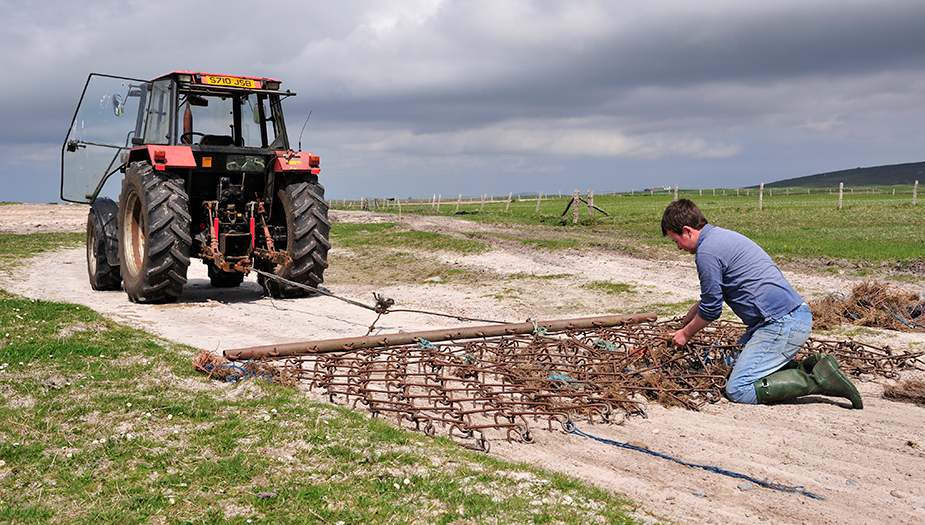
A community planning partnership response to climate change.
In June 2019, the Outer Hebrides Community Planning Partnership (OHCPP) set up a Climate Change Working Group (CCWG) tasked with improving understanding of climate change in the Outer Hebrides. It built collaboration across organisations and developed plans and priorities to embed in the Local Outcomes Improvement Plan (LOIP).
Due to the threat climate change poses to the islands’ built and natural heritage, economy and culture The CCWG recognised climate adaptation as a priority. It invited Adaptation Scotland to help develop its approach to adaptation planning.
Work to date has built a strong, collaborative partnership. It recognises the importance of linking climate adaptation and resilience to societal issues, moving beyond disparate responses, and acknowledging the environment as the support network underpinning meaningful resilience action.
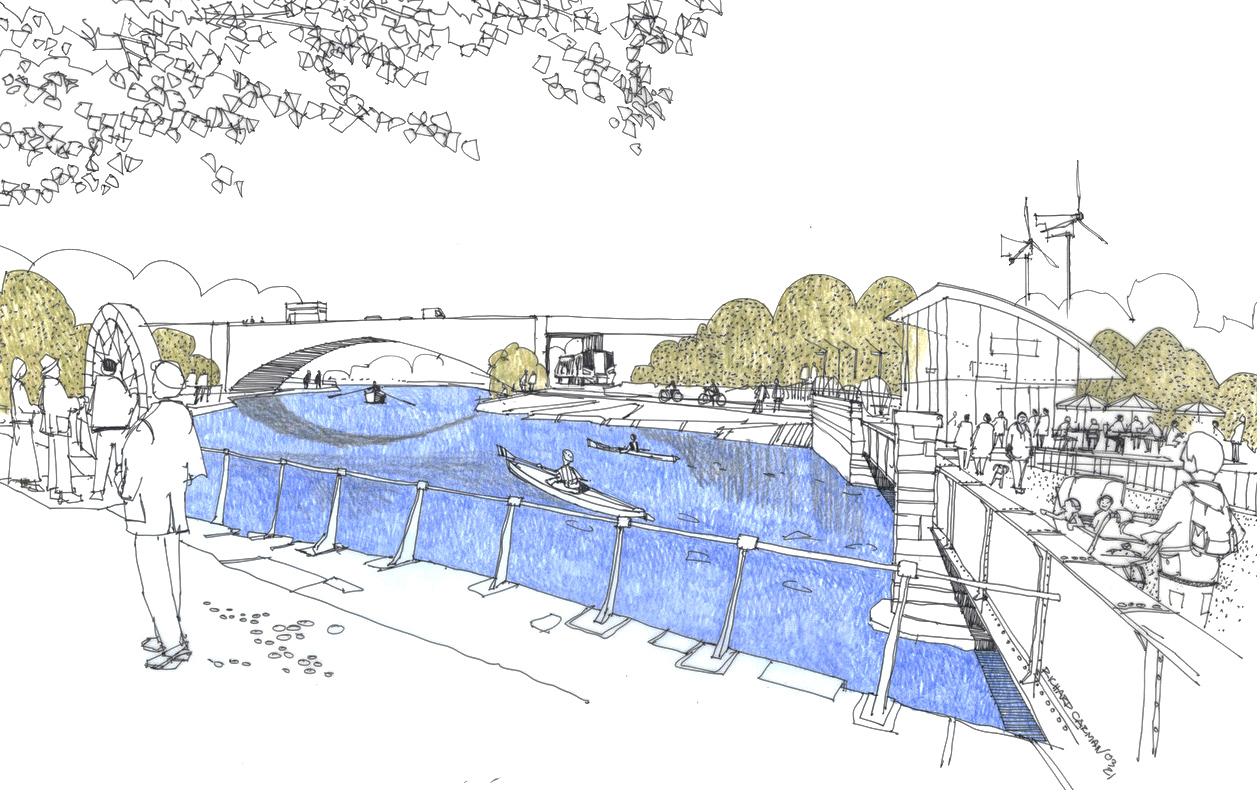
Improving the access and environment by the River.
Leven is a former industrial centre in Fife. A partnership with the Scottish Government has improved the environment around the River Leven.
The Leven Programme was set up in 2018 to bring together public bodies, businesses, and the community to improve the river and the surrounding area by:
The Leven Programme is committed to improve the environment and lives of those living and working within the Leven catchment area. The project aims to breathe new life into the area and make it a great place to live, work and visit.

Creating complete and self-sufficient neighbourhoods with everyday/night services and facilities within a short walking or cycling distance. These include:
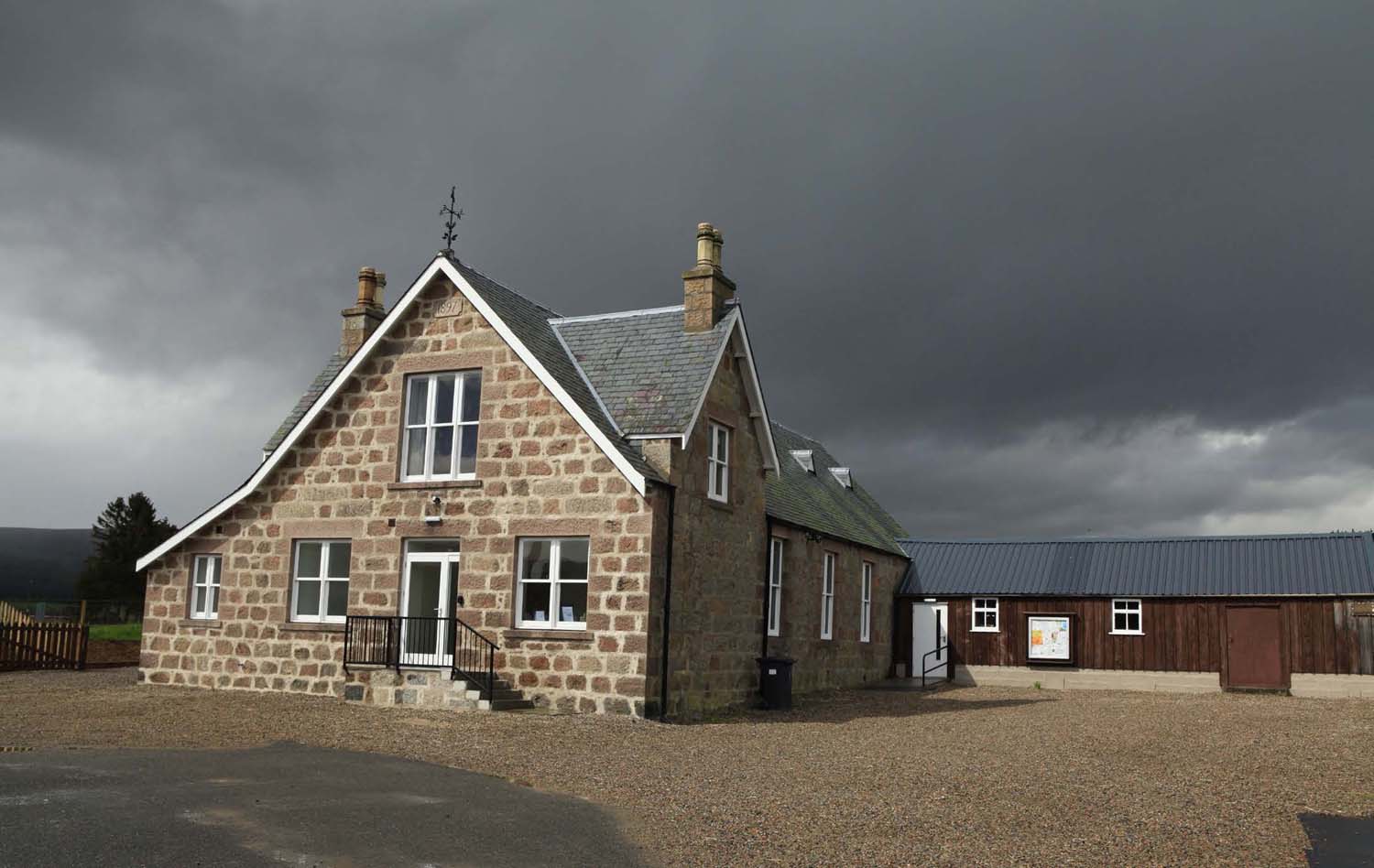
A community energy efficiency project.
In this example, we look at a community-led refurbishment project in the rural community of Logie Coldstone in Aberdeenshire. Logie Coldstone is a small settlement in rural Aberdeenshire, with around 227 houses. By 2003 the granite village hall, built in 1897, was in an increased state of disrepair. When the ceiling in the main hall collapsed in December 2011 and a structural engineer declared the hall unsafe to use, it became the driving force for action.
With the hall out of commission, Logie Coldstone Trust began to apply for funding for the immediate repair works. The Trust worked hard to find funding before any plans could be put in place.
The refurbished Logie Coldstone Hall now provides a valuable and attractive meeting space for the small rural community. Since the refurbishment, the hall has been used more frequently and for a wider range of activities, including those with the aim of increasing energy awareness throughout the community.
You can learn about the project here.
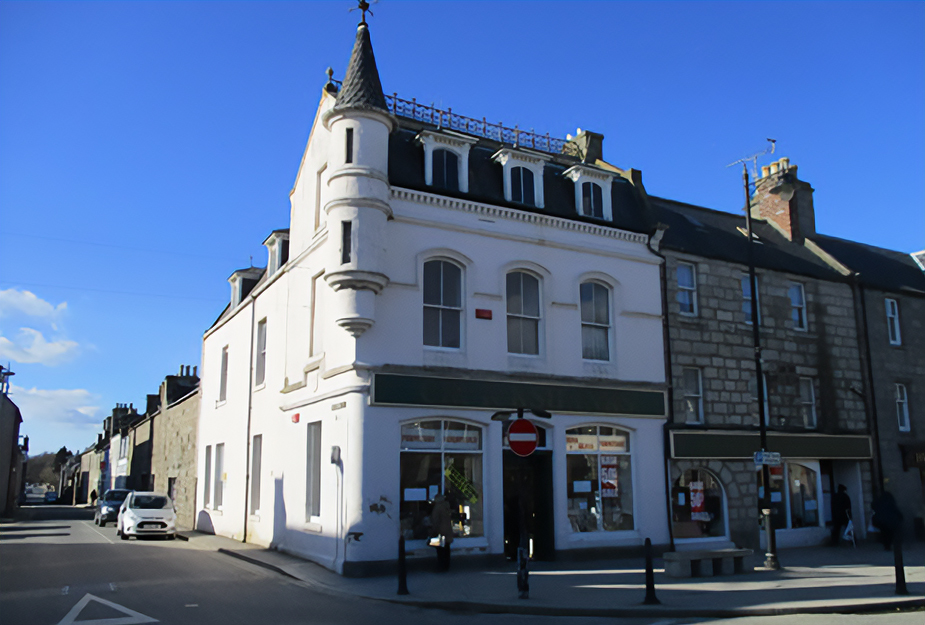
Town centre regeneration.
Huntly town centre is one of the most attractive in Aberdeenshire. Over the years, however, it has faced serious decline. Huntly Development Trust is playing a key role in its regeneration by purchasing, redeveloping and repurposing a number of vacant properties.
No 30 the square was built in 1875 as a shop. It grew from a single building to a large department store of more than 1,250 square metres. It traded successfully for more than 140 years until 2018 when it finally closed its doors.
In July 2019 Huntly Development Trust successfully secured funding through the Aberdeenshire Town Centre Fund to buy the property. It was brought into community ownership and then formed outline plans to develop the building into an asset to benefit the whole community.
When completed, this large building will be very flexible in the way it can be used ensuring that it can meet both current and future community needs and will be fully accessible over all floors.
Number 30 will be a multi-purpose space including a cinema, performance spaces, a coworking centre, a café, and learning spaces. There’s also retail space on the ground floor.
Heating will be provided through a sustainable air source heating and cooling system supported by solar PV.
The building can offer so much in a changed 21st Century, and it will be both community owned and operated and will be a catalyst for further investment and confidence in Huntly.

Connecting complete neighbourhoods to provide a network of places that support greater self-sufficiency and low carbon living. This includes:

Providing active travel to local communities.
Garnock Valley Trails is a project by Radio City Association. Their mission is to create a valuable community resource in the Garnock Valley through their Mobility Hub.
They aim to tackle a number of issues through active travel and increase mobility through sustainable access to affordable transport such as electric bike and vehicle hire.
The project is multi-faceted, including co-ordinating a response to the climate emergency through tree planting and other biodiversity measures.
They also promote healthy lifestyles by enabling access to mental health and wellbeing resources and trails app which also provides education on local heritage as well as the development of an outdoor community gym.

Placing people’s needs at the centre of decision-making, service provision and investment and ensuring they are actively involved in key stages of the design process. These include:
A Community Wealth Building approach to local projects.
The Community Wealth Building (CWB) approach uses the spending power of local organisations (schools, health, learning estates, housing associations and large local private sector employers) to help fix long-term challenges and unfair practices in our communities. Soirbheas is a registered charity, whose objectives are to strengthen and support the communities of Glen Urquhart and Strathglass, through revenues from local renewable energy schemes.
The money generated by these schemes is reinvested in the community through the charity’s grant programmes. Key projects are delivered with partner organisations and local community groups.
This helps to support local initiatives that protect our environment, provide training, and promote employment opportunities, and projects that help make their communities more resilient.
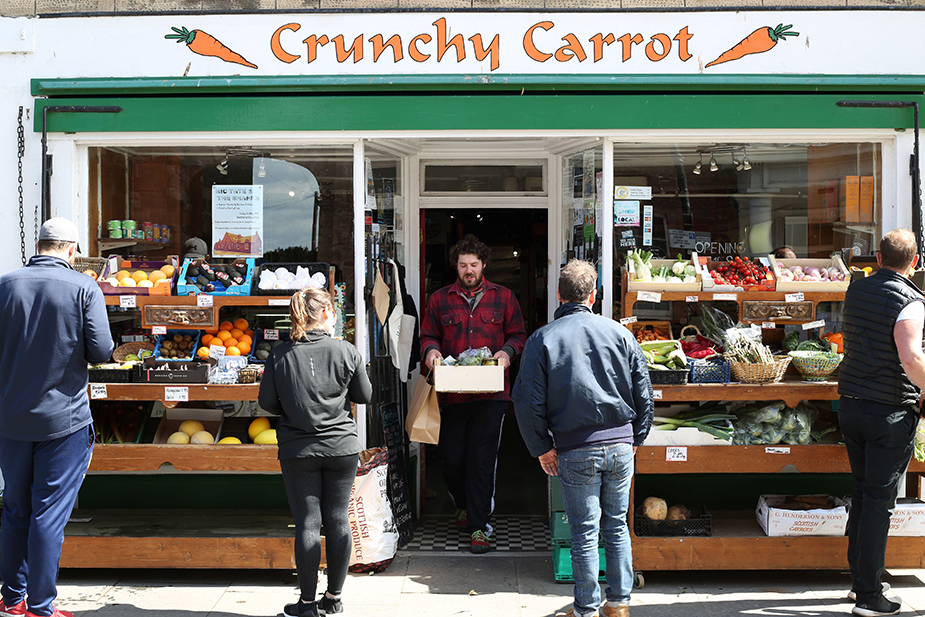
Community food initiative.
The Crunchy Carrot is a community-owned greengrocer and whole foods shop in Dunbar, Scotland. It has been in business for over 20 years and offers a wide range of products and services, including locally sourced produce, whole foods, imported ingredients, free-from products, a refillery, and cooking tips and recipe exchange.
In 2019, the Crunchy Carrot's owners decided to step down and the community came together to save the shop. A community share offer raised £62,000 to buy the business and assets, which are now owned by around 600 shareholders.
The Crunchy Carrot continues to expand opportunities to buy hyper-local produce, supporting micro-businesses and local community gardens in the process. The community benefit society also has a Development Officer who runs outreach food projects, including a weekly community meal, children's food and cooking lessons, and a food waste reduction group.
The Crunchy Carrot is a valuable asset to the Dunbar community and is an example of how community ownership can help to sustain local businesses and promote sustainability.
You can learn more about them here.

Community-led regeneration project.
Midsteeple Quarter is a community benefit society set up and run by the people of Dumfries. Their aim is to be a catalyst for positive change - to shape a new future for their town centre, one which responds to the needs of its community and is run for their benefit.
Image: Scottish Government Minister Tom Arthur MSP, Centre, with other sponsors at the launch of Misteeple Quarter's phase one construction project.
Their core principle is that local people have the innovative solutions to tackle the challenges and seize the opportunities which exist in their town.
They believe that community ownership of buildings is a critical component of this, delivering a route towards sustainable prosperity which is fairly shared among everyone in its community.
Midsteeple Quarter is an entirely independent, standalone organisation, run by the local people who make up the membership. While there has been grateful support from and invaluable work involving the likes of Dumfries and Galloway Council, The Stove Network and many other groups and bodies, Midsteeple Quarter is its own entity and has been since April 2018.

Retrofitting existing structures and brownfield sites first, considering embodied carbon. Adding planting to existing hard infrastructure to support climate adaptation. Considering the cost of the entire lifecycle of a structure. These include:
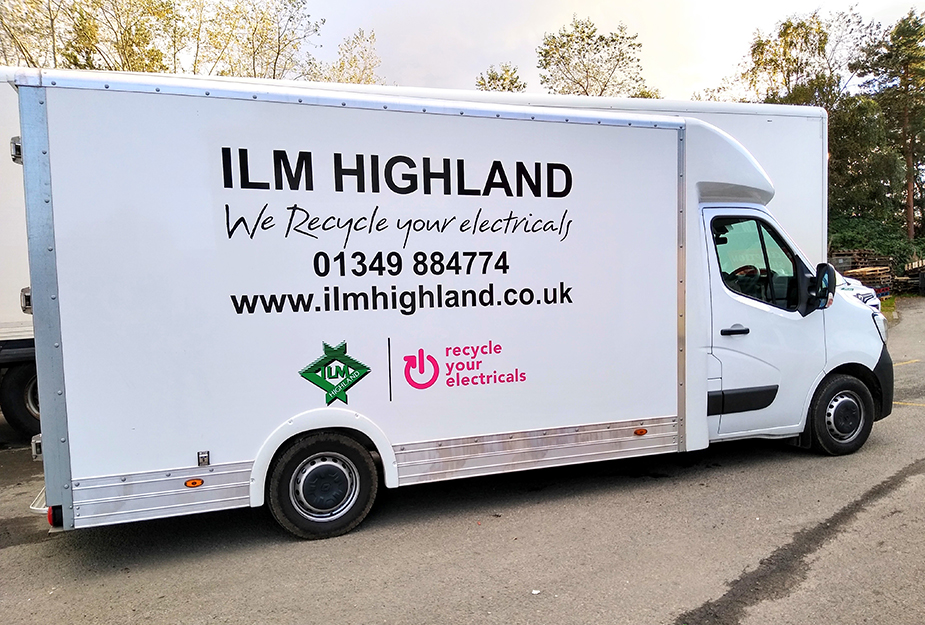
ILM Highland supporting vulnerable people to be at home.
ILM Highland is an independent charity and social enterprise, providing home improvement, electrical recycling, and retail services to the Highlands of Scotland. Their home improvement services provide free support and assistance to the most vulnerable in our community, enabling them to maintain their independence.
To support these services, ILM offers an electrical recycling service to the public and businesses, as well as an electrical retail shop selling affordable refurbished and new appliances. They also offer spare parts and repair services for many electrical appliances and produce refurbished laptops to ensure they do not end up in landfill.
As a social enterprise, ILM Highland reinvests every penny of profit back into its local community.

Where learning and nature meet.
Murton Trust is a Scottish charity with an educational and environmental purpose. They have a nature reserve, visitor farm, and tearoom on a former quarry site.
Their mission is to provide a unique environment in which children, young people and adults can learn and develop skills for life. They offer a unique environment as an educational tool that has a positive impact on all ages.
Through their work, Murton Trust have particular aims to enhance their nature reserve and encouraging access to the outdoors. Their promotion of developing practical skills and lifelong learning in environmental matters fits well with the importance of climate action in our community.
Murton Trust is committed to sustainability and have a 6kw wind turbine, solar panels, and a visitor farm made from sustainable materials. They also plant trees, recycle, and encourage visitors to take home food rather than waste it. They run public engagement sessions on building bird boxes and bug hotels. They are committed to learning more about sustainability and adapting their practices to meet new guidance.
You can learn more about them here.

Enhancing, repairing and joining up the different systems which support a healthy, carbon conscious place. This includes local food, heat, energy, water, green, biodiversity, transport, waste, housing and social systems. These include:

A blue-green infrastructure for climate change adaptation.
Flooding is a major issue for Kilmarnock, and previous risk assessments have cast doubts on the viability of sites previously allocated for development. In 2021, a workshop was held to explore good practices in blue-green infrastructure to address both flooding issues and a place-based approach to regeneration in Kilmarnock.
Blue-green infrastructure refers to the use of natural resources, such as rivers, lakes, and parks, to manage flood risk and improve the environment. The workshop explored good practice in developing blue-green infrastructure strategies at four key scales: national policy context, strategic scale, townscape scale, and site-specific scale.
The workshop concluded that blue-green infrastructure can be a valuable tool for flood resilience and regeneration, and that Kilmarnock is well-placed to benefit from its use. The next steps include working with the local authority, landowners, and the Key Agencies Group to support positive steps for flood resilience in Kilmarnock.
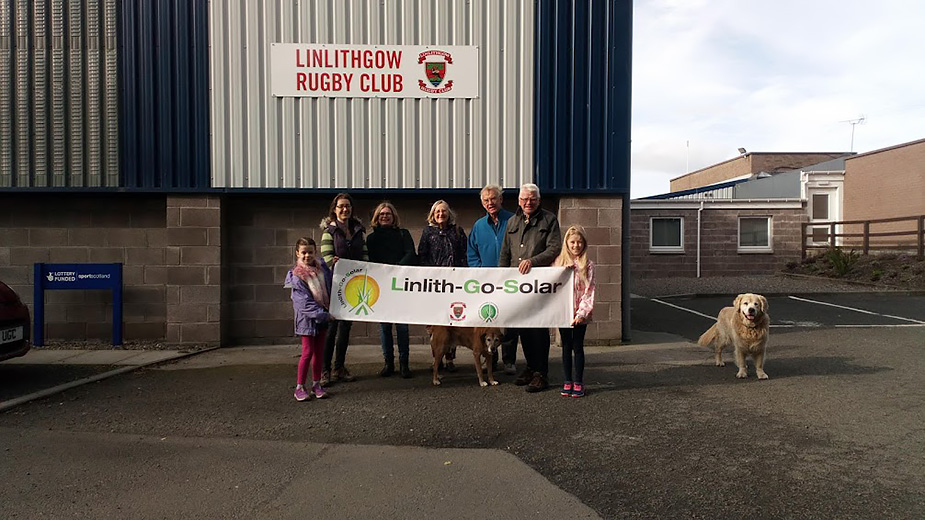
Community energy for a whole town.
Linlith-Go-Solar was established in 2019 as a new community energy enterprise by Linlithgow Community Development Trust. The goal was to harness the sun’s rays to create greener and more affordable local energy systems, while generating surplus funds for additional community benefits.
Image: Launching LgS Phase 1 at Linlithgow Rugby Club with the community
The trust’s first community-owned solar PV system was installed at Linlithgow Rugby Club’s training barn by AES Solar Ltd. The capital funds were raised through an ethical community bond in partnership with Scottish Communities Finance Limited (SCFL). Ninety-nine percent of investors were local people.
In 2020, Linlith-Go-Solar installed four more community-owned solar PV systems. One was installed at the rugby club, two at Linlithgow Golf Club, and one at Linlithgow Sports Club. Phase 2 was supported by Local Energy Scotland (CARES) and Scottish Power Energy Networks Green Economy Fund, as well as another successful bond with SCFL.
The collective approach and community ownership of these new systems have saved the clubs over £1,700 each year combined. The solar electricity used at each site is sold on average at roughly half the price of grid electricity. Carbon emissions have decreased by 42 tonnes, which is equivalent to over 340,000 car kilometers – or driving around the Earth 8 times!
Linlith-Go-Solar has a Young Energy Enterprise Group that involves graduates and undergraduates in project development and research. The modest surplus generated has been used to support local causes, such as STEM education activities at the local academy and a public flower bed display by Burgh Beautiful volunteers in the Vennel in the centre of town.
Linlith-Go-Solar is now working with five other local community groups to scale up its ambitions.
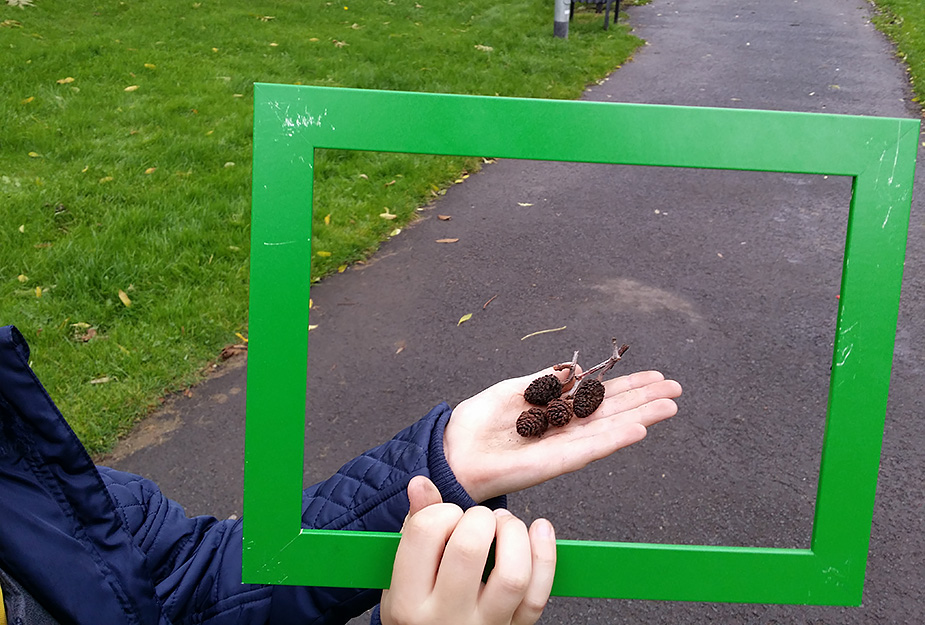
Creating a network of tiny forests.
Scotland’s first ‘Tiny Forest’ was planted at Avenue End Rd in Easterhouse on the outskirts of Glasgow. This forest is part of Earthwatch Europe’s efforts to kickstart Tiny Forest planting across the UK.
Tiny Forests are densely packed native forests no bigger than a tennis court, generally planted in underused urban spaces using a method developed by Japanese botanist Akira Miyawaki in the 1970s. They bring the benefits of a forest – reconnecting people with nature and raising awareness, helping to mitigate the impacts of climate change, as well as providing nature-rich habitat patches to support urban wildlife – right into the heart of our cities and urban spaces.
This idea of planting small forests in underused urban spaces has now been picked up through a new ‘Wee Forests’ initiative led by NatureScot. Working with a range of Scottish Local Delivery Partners NatureScot plans to deliver 10 demonstration Wee Forests from Ayrshire to Aberdeen.
Easterhouse’s Tiny Forest is also part of the Clyde Climate Forest project. Spanning the Glasgow City Region this project aims to plant 18 million trees across Glasgow City Region as part of a new urban forest. Each Tiny Forest that takes root in the region helps achieve this target.

Supporting the sharing of assets and services in places to enable lower carbon living and connect people to their neighbourhoods. These include:
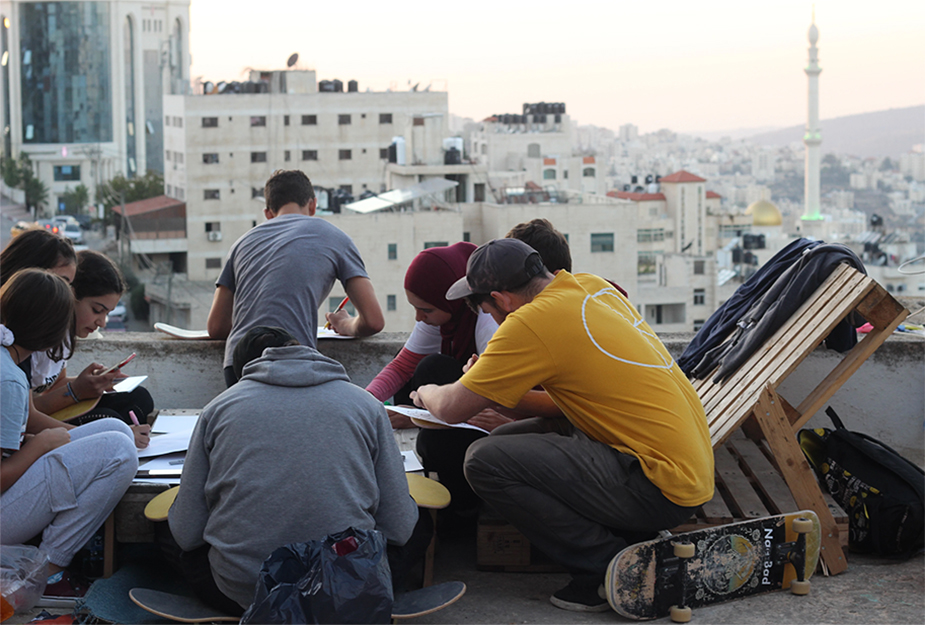
Upcycling skateboards and connecting communities.
re:ply Skateboards upcycle and restore old or used skateboard to create high quality boards. They also encourage freedom of expression and creativity and look to broaden the horizons of the wider community by getting them involved.
re:ply Skateboards organise events, exhibitions and workshops to introduce people to music, art and screen-printing techniques.
What started off as a DIY project has now turned into a sustainable business operation to help reduce the use of trees to make skateboards.

Community food: to grow, cook, eat and learn.
The Lang Spoon Community Kitchen in Kirkcaldy is a place for people to grow, cook, eat, and learn. It was created as part of the refurbishment of Greener Kirkcaldy’s premises. Greener Kirkcaldy is a community-led charity working locally to bring people together, take positive action on the climate emergency and support people through fuel poverty and food insecurity. There are two kitchens – a Community Training Kitchen, offering workshops and courses, and a production kitchen.
The Community Training Kitchen offers training, volunteer and work experience opportunities, life-long learning around food production and preparation, community meals and engagement with their community on healthy, sustainable food. It hosts a wide range of events, courses and workshops on all aspects of food and drink.
The Lang Spoon hosts a regular community meal: a welcoming space to share a tasty, three-course, home-cooked meal with other people. Anyone can come along and pay what they feel towards the cost of the meal or help out on the night.

Ensuring the place planning and delivery process considers the dimension of time. This includes creating long term visions as well as using short- term approaches to test out interventions. This includes:
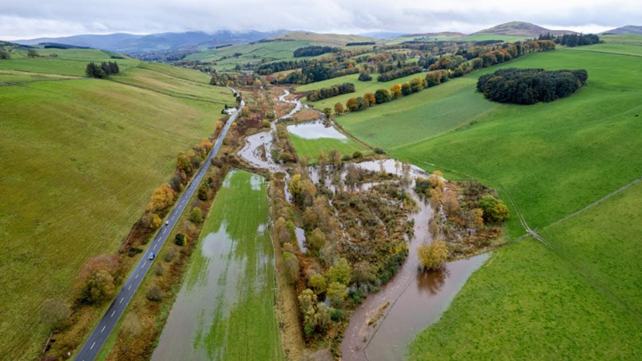
Combining strategic and project work for climate change adaptation.
The Tweed Forum was formed in 1991 to “promote the sustainable use of the whole of the Tweed catchment through holistic and integrated management and planning”. In close partnership with the members, Tweed Forum staff work to protect, enhance and restore the rich natural, built and cultural heritage of the River Tweed and its tributaries.
The Forum works at both the strategic level and the project level to achieve tangible benefits on the ground. From its inception as an informal liaison group, it has grown to become a leader in the field of integrated land and water management.
The Forum delivers a wide range of projects, from small-scale local tree planting schemes to ambitious whole catchment restoration initiatives. Making sure the right projects are delivered in the right places, at the right scale, ensures that Tweed Forum continues to deliver lasting, practical measures that achieve multiple benefits for our environment and society.
Do you have a project in Scotland that demonstrates climate action on the ground?
Our Climate Action Towns project team are keen to find more examples of organisations, projects or initiatives related to climate change that are taking place across Scotland.
Get in touch with a representative from our team to add your story to this page.
Action on climate change presents us all with the opportunity to create a Scotland that is a healthier, fairer and more thriving place to live for everyone. Supported by the Scottish Government, our Climate Action Towns project is helping to realise these ambitions. Explore our webpage dedicated to the Climate Action Towns project to learn more about our work.